Maximizing Your Mobile Device's Battery Life: A Comprehensive Guide to Charging Practices
Feb-13-2024
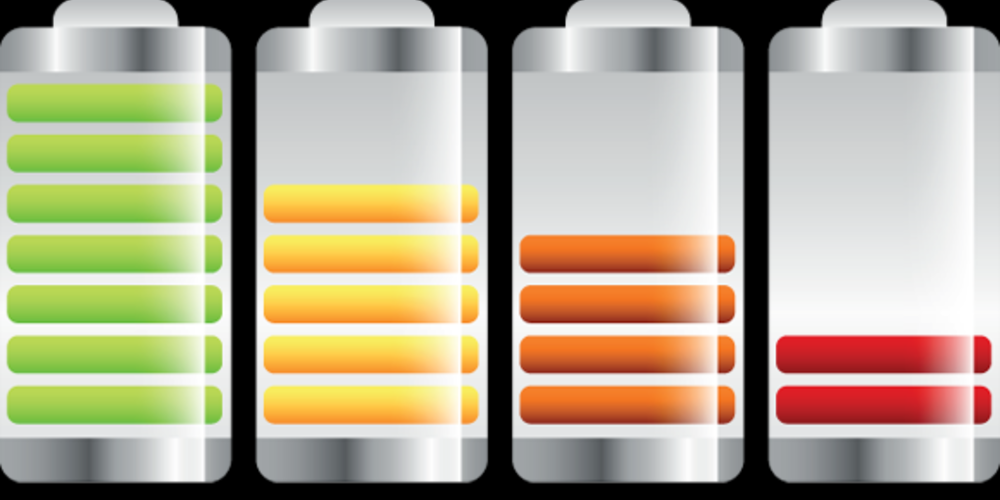
In today's fast-paced world, our mobile devices have become indispensable companions, keeping us connected with the rest of the world. However, as much as we rely on them, their performance hinges on one critical aspect - battery life. The way you charge your device not only affects its immediate usability but also its overall battery health in the long run. With various charging methods available, understanding their features, pros, and cons is paramount to optimizing your device’s performance. This guide will navigate you through different charging practices, helping you to make informed decisions for a better mobile experience.
Standard USB Charging
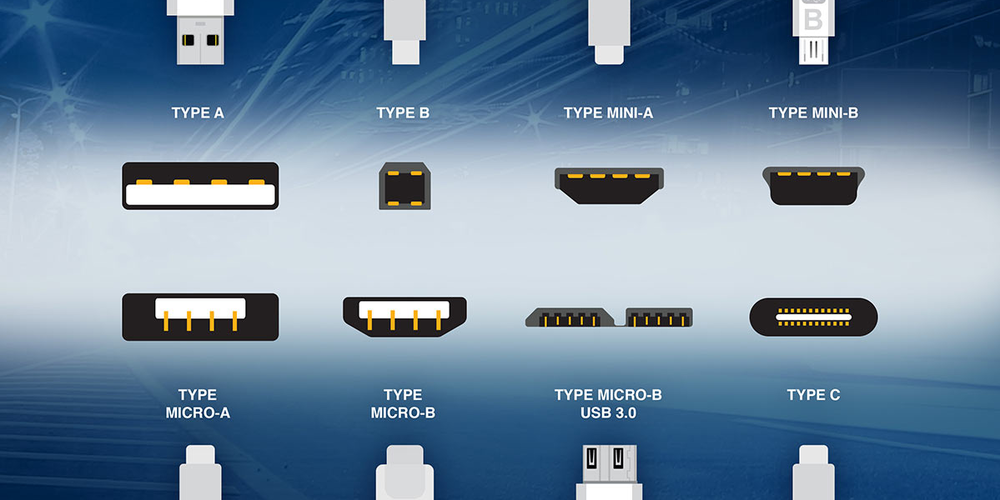
A common method for charging mobile devices involves utilizing a conventional USB cable, which can be connected to a computer or a wall charger compatible with USB. This approach is highly convenient and widely used, particularly for those who are frequently traveling. Charging via USB is typically slower, which can be advantageous for the battery’s longevity as rapid charging might cause elevated temperatures and potentially stress the battery. However, the trade-off is the extended duration needed to achieve a full charge, which might not be ideal for users needing a quick power boost.
Fast Charging
For those who are always on-the-go, fast charging technology is a game-changer. It significantly reduces the time needed to power up your device, ensuring you're quickly ready to tackle your day. Manufacturers achieve this by increasing the power delivery to the device. While the convenience is undeniable, it's important to note that fast charging may generate additional heat, which can affect the battery's lifespan if used excessively. It is advisable to use fast charging selectively, primarily when you need a quick boost.
Wireless Charging
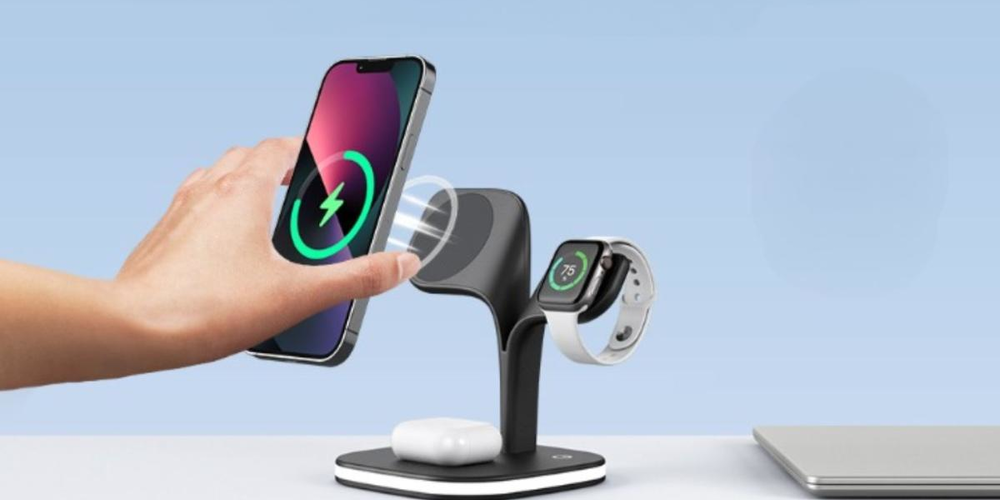
Wireless charging brings a level of convenience and minimalism to charging your mobile device. By setting your phone onto a charging pad, you bypass the necessity for cords, providing a neater and more orderly charging arrangement. Though aesthetically pleasing and user-friendly, wireless charging often comes with slower charging speeds compared to wired methods. Additionally, it can be more finicky, requiring correct placement on the pad, and may generate more heat. Considering these factors is crucial when opting for the convenience of wireless charging.
Solar Charging
With growing concerns over environmental sustainability, solar charging presents an eco-friendly alternative. Solar chargers convert sunlight into electrical energy, providing an inexhaustible power source for charging your mobile device. This technique is especially beneficial for those who enjoy outdoor activities or in circumstances where conventional sources of power are not accessible. Despite its green credentials, solar charging's efficiency heavily depends on weather conditions and can be significantly slower than conventional charging methods. It's a great backup option but perhaps not the most reliable as your primary charging method.
Portable Power Banks
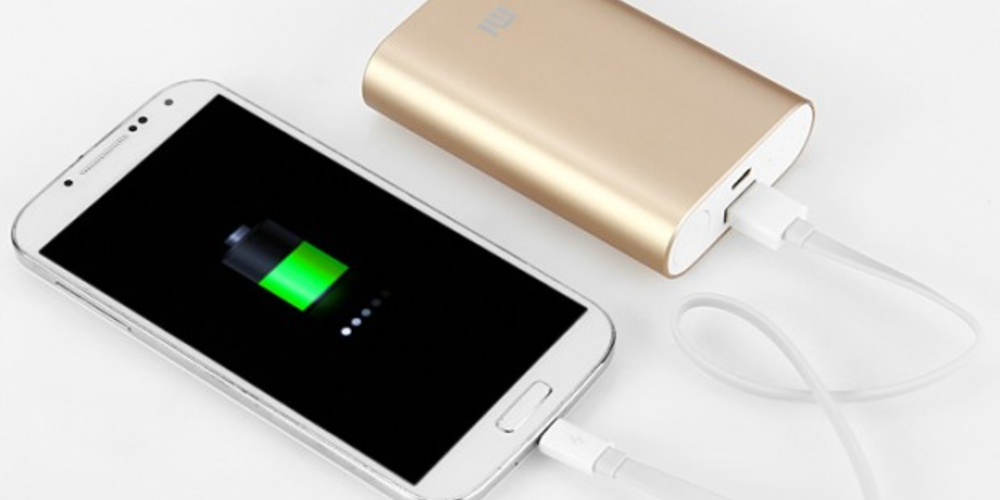
Portable power banks are a lifesaver for those with high mobile device usage and limited access to power outlets. These devices allow you to charge your mobile devices on the go, offering the freedom to use your device extensively without worrying about battery depletion. Power banks range in capacity, allowing for multiple charges on a single device or the ability to charge several devices at once. The downside to power banks is the additional item you need to carry, which can be bulky or heavy depending on the capacity you choose.
Car Chargers
For individuals who spend a lot of time driving, car chargers offer a convenient solution to keep your mobile devices charged. Plugging into the vehicle’s 12V outlet, car chargers can provide both standard and fast charging capabilities, depending on the model. This method enables you to make effective use of travel time by ensuring your device is always ready for use upon arrival. However, it's essential to invest in a quality car charger, as cheaper models may not offer stable charging and could potentially harm your device’s battery over time.
Choosing the Right Charger
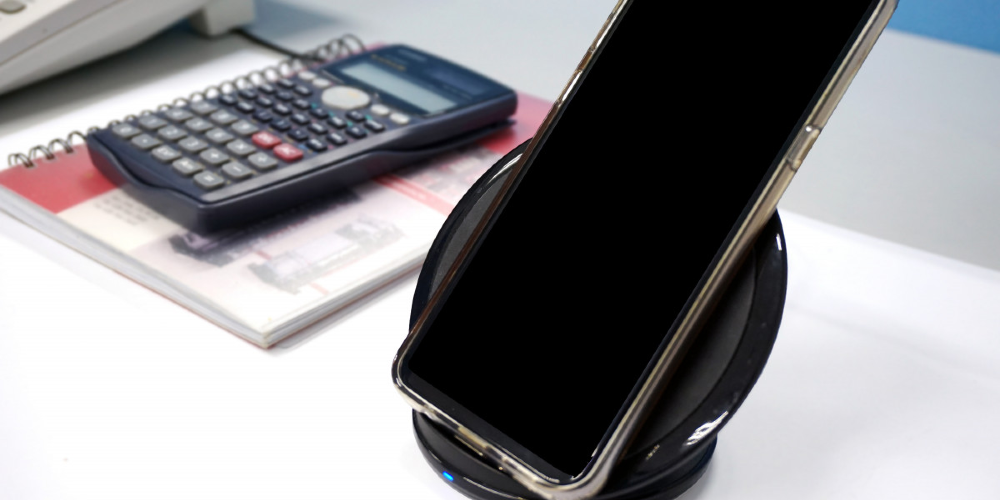
When deciding on the best way to charge your mobile device, consider your lifestyle, device specifications, and battery health. For day-to-day convenience, wireless charging might be appealing, whereas for travel or outdoor activities, solar charging or power banks could be more appropriate. Fast charging is invaluable for those needing a quick boost, but remember to use it judiciously to preserve battery health. Ultimately, balancing convenience with the long-term wellbeing of your device’s battery will yield the best results.
Conclusion
As mobile devices continue to play a crucial role in our lives, effective charging practices become increasingly important. By exploring the various methods available and understanding their pros and cons, you can adopt a charging strategy that best suits your needs while also safeguarding your device’s battery health. Remember, the right approach to charging is not just about convenience; it's also about ensuring the longevity and reliability of your mobile companion.







